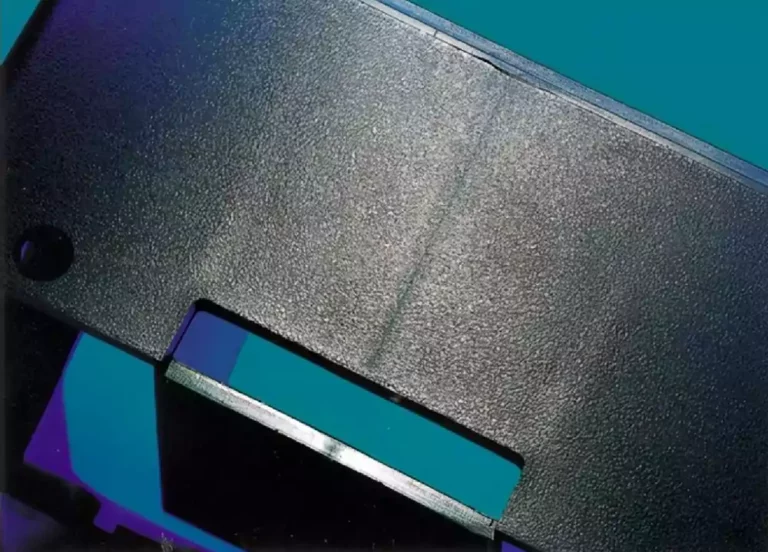Improve Designs for Injection Molded Parts

Importance of Design Improvement Enhanced Functionality and Performance Cost Reduction Quality and Consistency Manufacturing Efficiency Material Selection and Innovation Sustainability and Environmental Impact Injection Mold Design Tips Inavoidable Marks Plastic Shrinks Maintain Consistent Wall Thicknesses Eliminate Unimportant Undercuts Make Room…